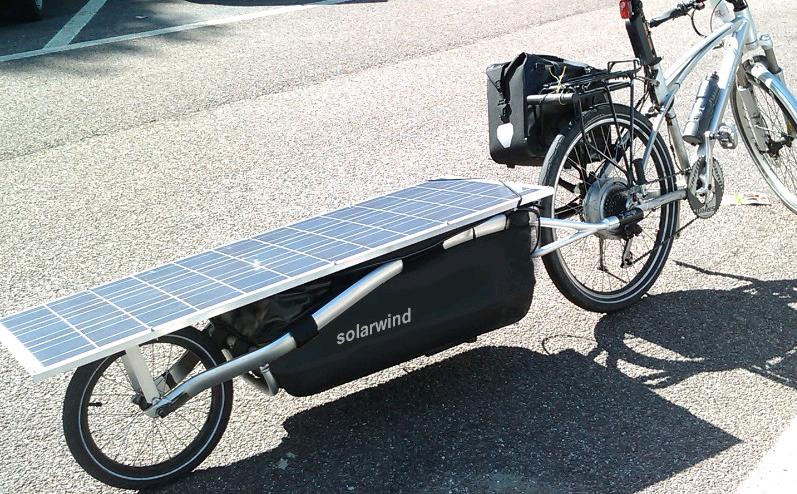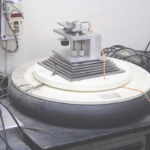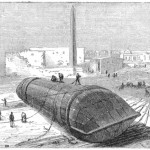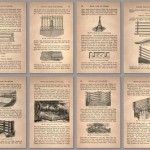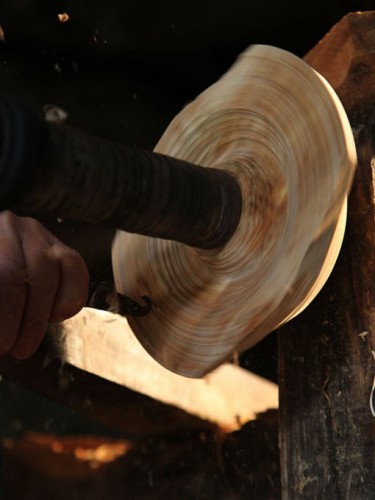 “The bowls created by Robin Wood’s reconstructed lathe have an unique finish, which is only found in bowls cut with a traditional pole lathe. The sharp tools leave a distinctive mark much like the lines found on thrown earthen ware or glass. The clean cut with the sharpened tools means that the objects are practical for everyday use. They can be washed with warm soapy water and will not fuzz up, unlike a bowl cut
“The bowls created by Robin Wood’s reconstructed lathe have an unique finish, which is only found in bowls cut with a traditional pole lathe. The sharp tools leave a distinctive mark much like the lines found on thrown earthen ware or glass. The clean cut with the sharpened tools means that the objects are practical for everyday use. They can be washed with warm soapy water and will not fuzz up, unlike a bowl cut
on a machine lathe and later sanded smooth. Robin’s bowls and plates only improve with use and ware.”
“Of course making wooden table ware for a living means making thousands of items every year, which seems rather a tall order when you consider the technology being used, but Rob insists that his pole lathe can turn out wooden ware as quickly as the mechanised equivalent. This theory has been put to the test and proven correct. As Robin explains in the
film, when he’s powered up, so is his lathe and he can get results quickly. When he stops the lathe turning he can adjust the wood instantaneously, whereas when you power down a mechanical lathe you have to wait for the machine to slow down and stop turning in it’s own time.”
“Any fool can make something more complex but it takes real genius to make things simple again“. A new video by Artisan Media. Robin Wood’s blog.
Via Toolemera. Previously: Make your own treadle lathe.
